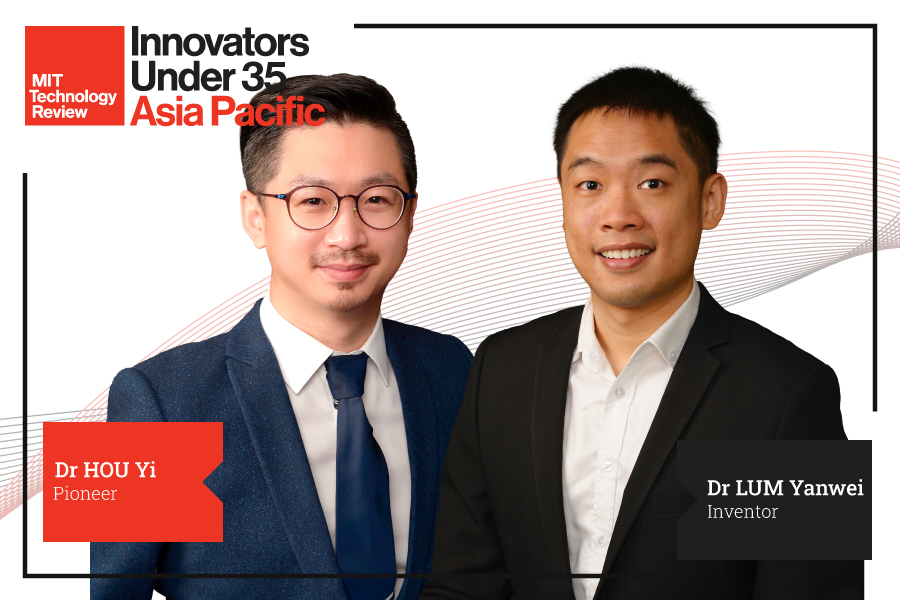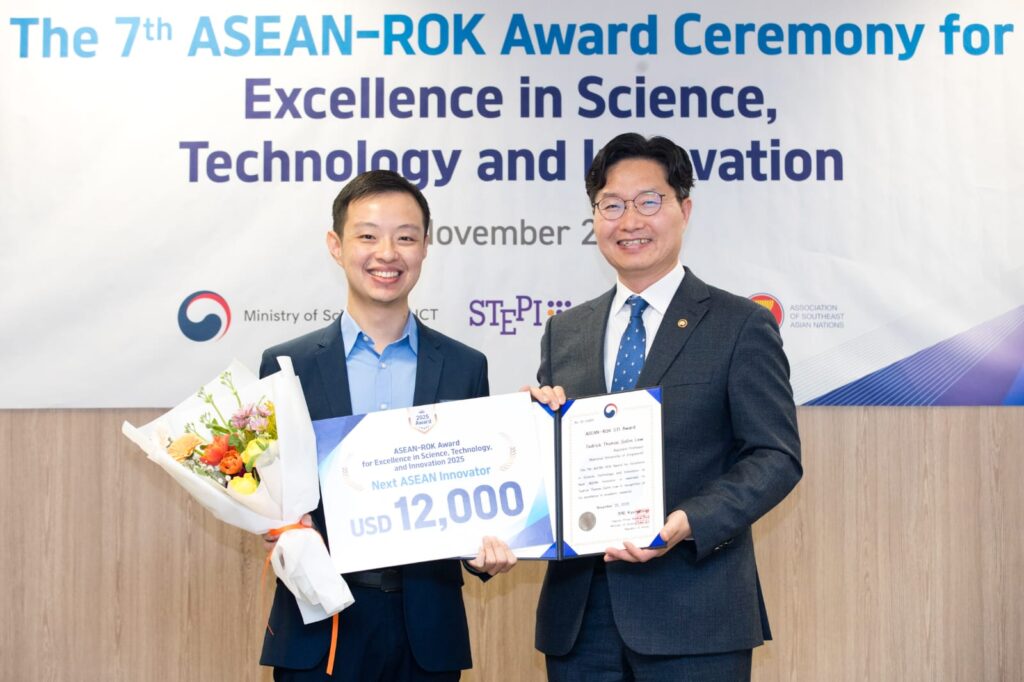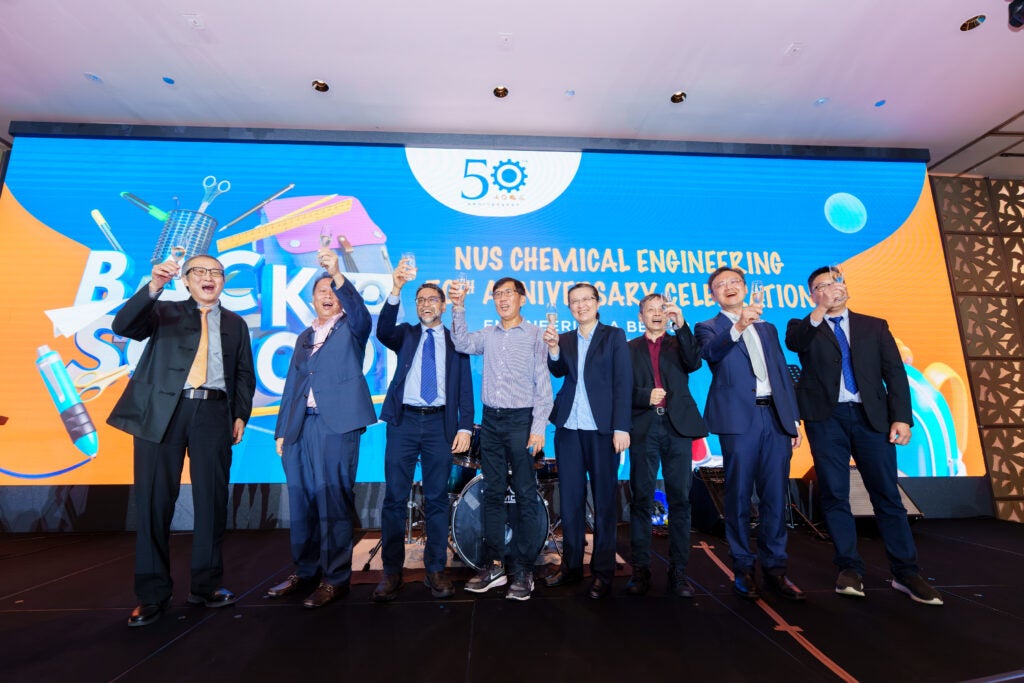
Dr HOU Yi and Dr LUM Yanwei lauded “Innovators under 35”
Assistant Professor Hou Yi and Assistant Professor Lum Yanwei have been lauded in the 2022 edition of MIT Technology Review’s “Innovators under 35” list for making game-changing advances in Science and Technology.
Pioneer: Assistant Professor Hou Yi
The vast majority of solar panels today are made with silicon, a plentiful and reliable material that has lowered the cost of solar energy production similar to coal and natural gas power plants. However, silicon solar cells are still relatively expensive to manufacture and can only capture a limited portion of solar energy. Perovskite is believed to be the answer for the next generation of solar panels.
Despite being ultra-efficient and cost-effective, perovskite-based solar cells still have a number of issues as an early-stage technology. Presidential Young Professor Hou Yi from the College of Design and Engineering, NUS (CDE) and the Solar Research Institute of Singapore at NUS has found a way to solve one of them: a series of losses of perovskite/organic tandem solar cells that reduce power production efficiency.
Asst Prof Hou led a team that developed a novel and practical route to simultaneously reduce various losses to combine high efficiency, longevity, and low cost in one tandem solar cell, which resulted in a record-breaking efficiency of 23.60 per cent. This research clears a major obstacle to the development of perovskite/organic tandem solar cells, demonstrating that they can match or even outperform their rivals’ performances.
Asst Prof Hou said, “It is a privilege to be named in the MIT Technology Review Innovators Under 35 Asia Pacific 2022. Special thanks to my group and former mentors who had supported my application. It has been very exciting working in the field of the renewable and sustainable arena at NUS.”
Inventor: Assistant Professor Lum Yanwei
The manufacturing of carbon-based materials, such as plastics, disinfectants, and pharmaceuticals, accounts for 10 per cent of worldwide carbon dioxide emissions due to the high energy consumption and use of non-renewable fossil fuels as raw materials.
Scientists have been investigating methods to construct these materials from the other way around: building up the molecules from carbon dioxide and water using electricity produced from renewable sources.
At the heart of such reaction processes is the catalyst. Traditional catalyst discovery is mainly empirical, making the design less efficient and slow. Presidential Young Professor Lum Yanwei from NUS CDE developed a suite of novel techniques to label the atoms in the reaction mixture based on their origin, to yield entirely new insights into the catalytic mechanisms.
The breakthrough hints at the possibility of creating catalysts that only produce one product, eliminating the need for energy-consuming downstream product separations. Using these innovative techniques, Asst Prof Lum also uncovered the role of oxides in the catalyst systems and the importance of water in the reaction mixture. These findings have inspired new strategies to control the carbon dioxide conversion reaction pathways, which could finally lead to the construction of catalyst systems with unprecedented performance.
Asst Prof Lum said, “I am very honoured to receive this award and would like to express gratitude to all the brilliant colleagues and collaborators who have worked hard together with me. I believe the carbon conversion technology that we are developing can help reduce our reliance on non-renewable fossil fuels and enable a sustainable future.”
Congratulations to Dr Hou and Dr Lum on their achievement!
Read more on the list: https://news.nus.edu.sg/outstanding-young-nus-scientists-lauded-in-list-of-apac-luminaries/





